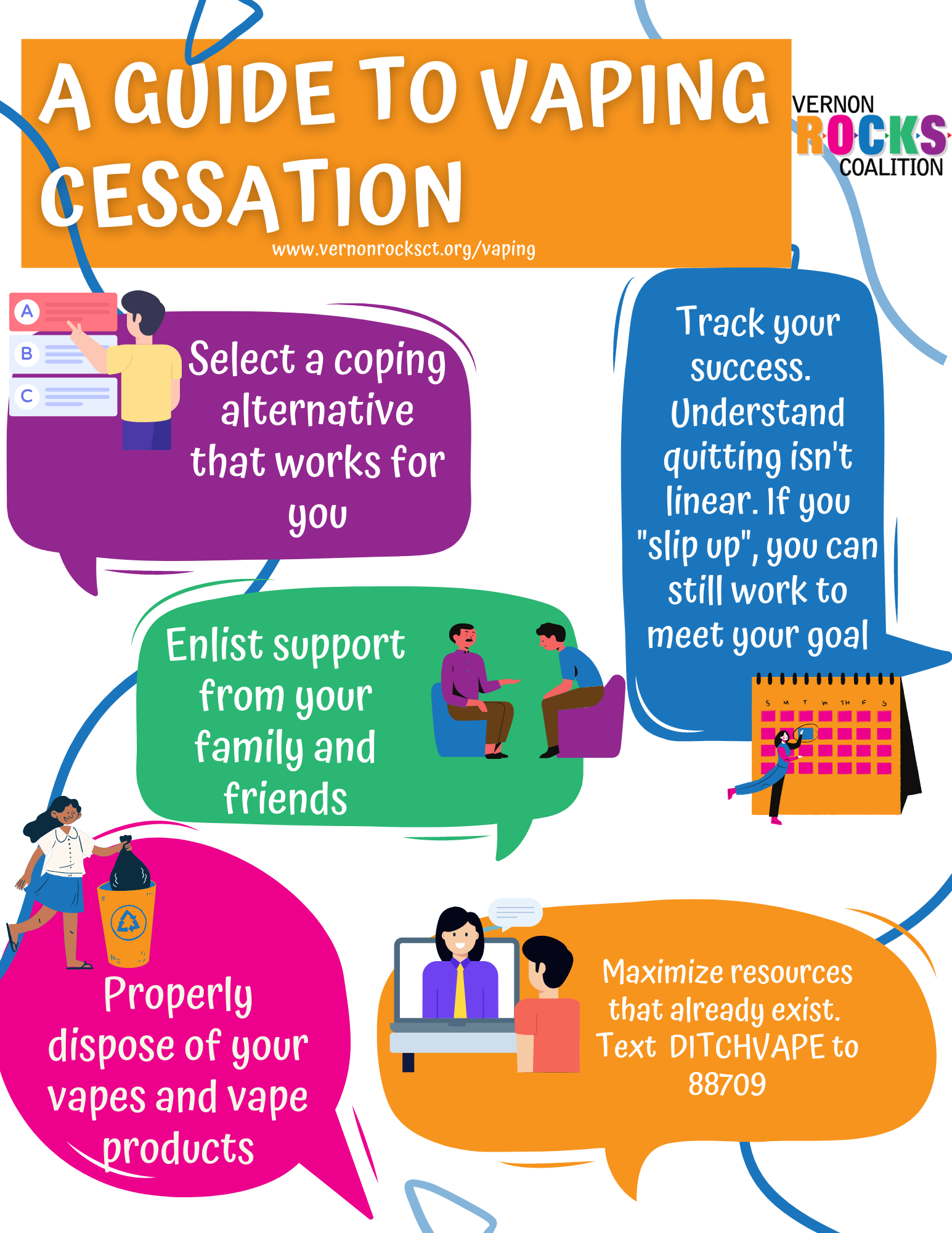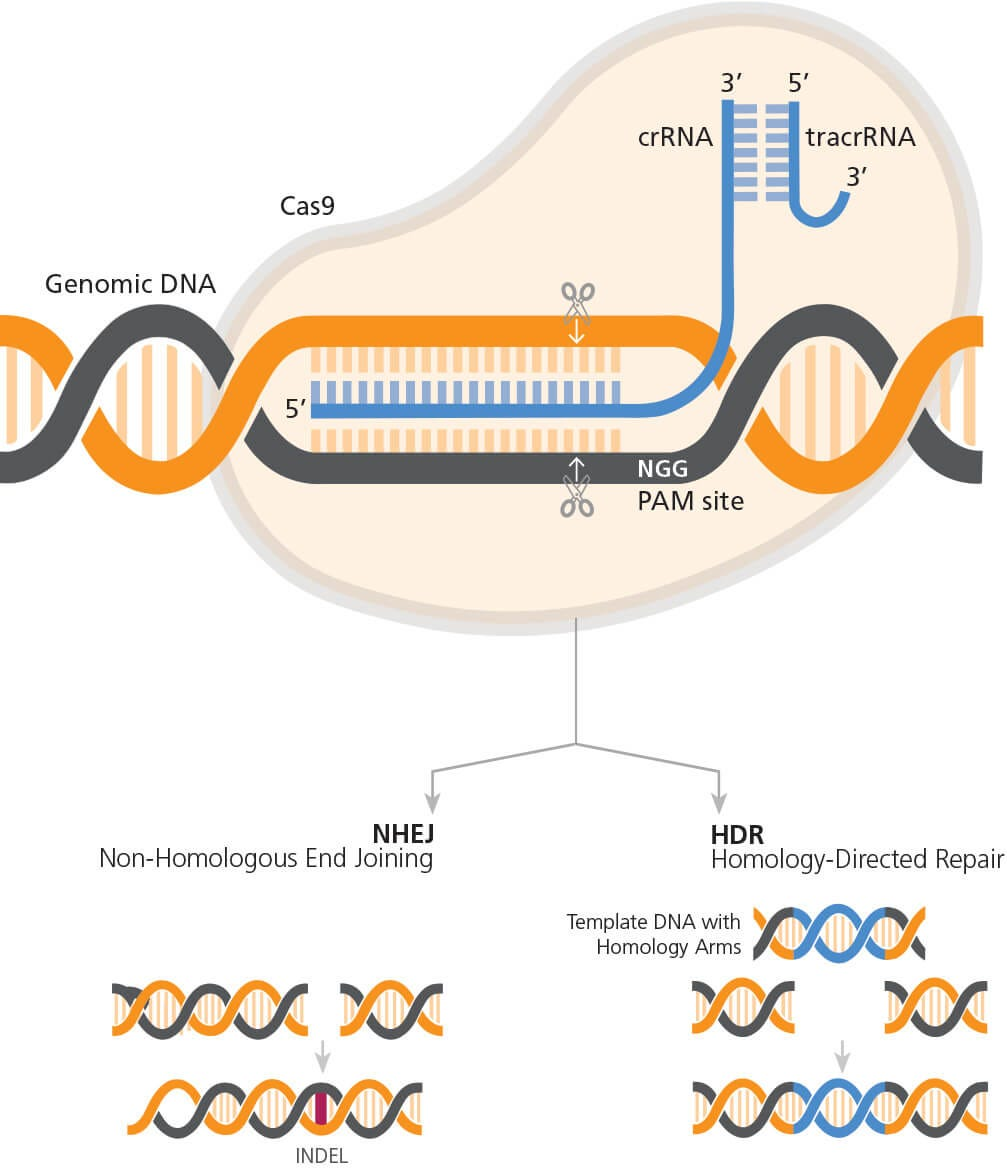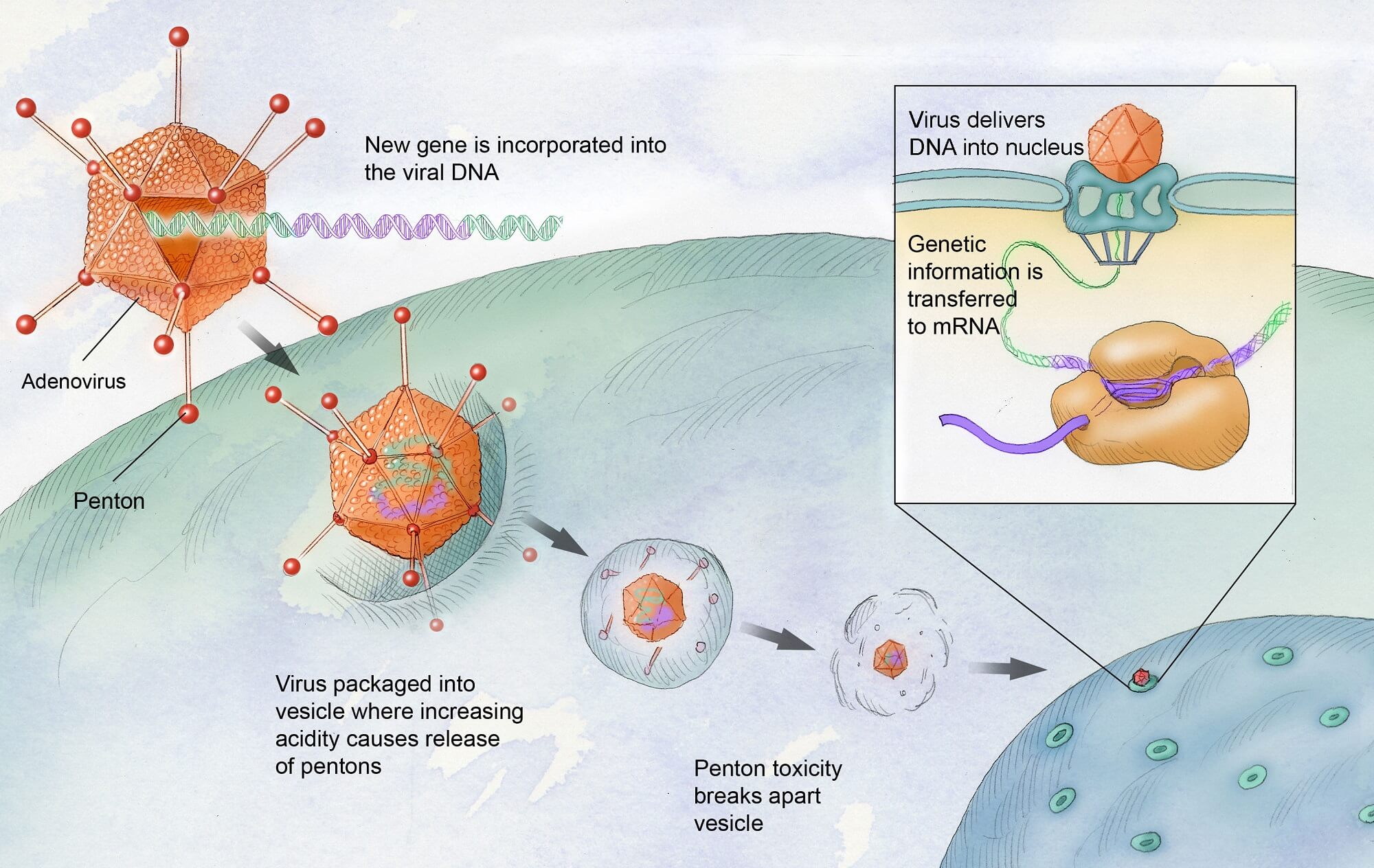Discovering effective methods for quitting vaping has become increasingly urgent, especially among teens and young adults grappling with nicotine addiction. The vaping cessation pill, varenicline, is an FDA-approved treatment that offers a promising path to recovery by significantly enhancing the chances to quit vaping. A recent study revealed that young people taking varenicline were more than three times as likely to successfully stop vaping compared to those relying solely on behavioral counseling. This revolutionary finding not only highlights the potential of varenicline as a key player in nicotine addiction treatment but also emphasizes the necessity of innovative solutions to combat the vaping epidemic among youth. With tailored support for teens vaping, understanding this pill’s benefits might pave the way for a healthier future without nicotine dependence.
The search for effective support in overcoming nicotine dependence has led to the emergence of new treatments and strategies. Alternatives like the smoking cessation medication varenicline are proving vital in helping adolescents and young adults break free from the gripping cycle of vaping. This clinically-tested solution provides a focused approach for those trying to quit, especially in light of rising vaping rates among young populations. By utilizing FDA-endorsed therapies and behavioral support, young individuals can find relief from the challenges of nicotine addiction. The importance of holistic interventions cannot be overstated as they pave the way for a healthier generation moving away from vaping.
Understanding the Role of Varenicline in Vaping Cessation
Varenicline, a prescription medication initially developed to aid adults in quitting smoking, has shown remarkable promise in helping younger individuals quit vaping. This FDA-approved treatment works by targeting nicotine receptors in the brain, reducing cravings and withdrawal symptoms associated with quitting. Notably, clinical trials have indicated that teens and young adults taking varenicline are three times more likely to successfully quit vaping compared to those receiving placebo treatments. This has significant implications for addressing the rising issue of nicotine addiction in younger populations.
The effectiveness of varenicline highlights the need for tailored nicotine addiction treatment options for adolescents. With the increasing prevalence of vaping among teens, understanding how medications like varenicline can assist in cessation efforts is vital. The promising results from studies indicate a growing recognition that pharmacological support, combined with behavioral counseling, can provide a comprehensive strategy to help young vapers break free from nicotine dependency.
The Importance of Behavioral Counseling in Teen Vaping Support
While medications like varenicline are crucial for cessation, behavioral counseling plays an equally important role in supporting teens and young adults in their journey to quit vaping. The combined approach, involving pharmacotherapy and regular counseling sessions, fosters a supportive environment that encourages participants to engage in healthier habits. During the trials at Mass General Brigham, participants who received behavioral counseling alongside varenicline had access to resources that helped them navigate triggers and develop coping strategies.
Behavioral counseling also empowers teens with knowledge about the dangers of vaping and the health risks associated with nicotine addiction. By addressing not only the physical dependence on nicotine but also the psychological aspects of addiction, counseling helps to equip younger individuals with the skills necessary for maintaining long-term abstinence from vaping. This holistic approach is integral to achieving successful cessation outcomes.
Statistics on Teen Vaping Trends and Cessation Success
Statistics highlight an alarming trend of increased vaping among teenagers, with approximately a quarter of 18-to-25-year-olds engaging in vaping as of 2023. As these numbers continue to rise, the urgency for effective cessation methods has become more pronounced. Studies have revealed that a substantial percentage of high school students are also experimenting with vapes, making it imperative to implement effective treatment strategies as part of public health initiatives.
The clinical trials that evaluated varenicline’s success rate showed that over 51% of users had quit vaping after 12 weeks, compared to only 14% of those on placebo. These statistics demonstrate just how impactful the right pharmacological intervention can be. As we gather more data on vaping trends among youth and the effectiveness of cessation methods, there’s hope for long-term improvements in addiction treatment and prevention.
The Safety Profile of Varenicline in Young Users
One of the critical concerns regarding any medication prescribed to younger individuals is safety. Fortunately, the findings from the varenicline studies provide reassurance in this regard. Researchers found that varenicline was not only effective, but it also had a favorable safety profile among adolescent users. Importantly, none of the participants in the varenicline group transitioned to cigarette smoking, a common fear among health professionals regarding nicotine addiction treatments.
Furthermore, the trials showcased that adolescents using varenicline experienced no significant adverse effects compared to those receiving other treatments. This evidence is essential as it confirms that varenicline can be a viable and safe option for addressing nicotine addiction in teens, allowing for targeted interventions that do not compromise the health of young users.
Exploring Future Treatment Options for Vaping Cessation
As the issue of youth vaping continues to escalate, the exploration of future treatment options becomes increasingly important. Current research into varenicline offers valuable insights, but it also opens the door for further studies in pharmacological and behavioral approaches tailored specifically to younger populations. The demand for innovative treatment plans that cater to the unique challenges faced by teens and young adults is critical in effectively combating nicotine addiction.
Moreover, ongoing investigations are likely to focus on the efficacy of various therapeutic combinations, potentially integrating digital support tools and community programs. The goal is to establish a versatile framework that can effectively support adolescents as they navigate the complexities of vaping addiction. Integrating research findings from ongoing studies will help refine treatment strategies that consider both efficacy and safety.
The Public Health Implications of Youth Vaping
The rise of vaping among younger demographics presents significant public health challenges. The implications go beyond just nicotine addiction, as early exposure to nicotine can predispose youth to further substance abuse issues later in life. Public health officials are tasked with developing comprehensive strategies that not only address immediate cessation needs but also promote long-term wellness among vulnerable populations.
Efforts to combat youth vaping must incorporate effective education, prevention programs, and accessible treatment options like varenicline. By addressing the multi-faceted issue of nicotine addiction through a variety of public health initiatives, there is potential to mitigate the adverse long-term effects of vaping on the health and well-being of future generations.
Educating Teens on the Risks of Vaping
Education plays a crucial role in prevention efforts against teen vaping. It’s essential to provide accurate information about the risks associated with vaping and nicotine addiction to empower teens to make informed choices. Schools and community organizations can help disseminate this information, utilizing evidence-based resources to ensure that young individuals understand the consequences of their actions.
Incorporating educational programs that address myths surrounding vaping and highlight the benefits of quitting can significantly impact adolescent attitudes toward nicotine use. By fostering a greater awareness of the health risks, teens may be more motivated to seek help through cessation methods such as varenicline or behavioral counseling, thereby reducing the prevalence of vaping in their communities.
Developing a Comprehensive Support System for Vaping Cessation
Supporting young individuals in their journey to quit vaping requires a multi-tiered approach that includes family, friends, and behavioral health professionals. By fostering a strong support network, teens can feel encouraged and motivated as they embark on their cessation journey. Programs that facilitate open discussions about the challenges of quitting can aid in reducing stigma and emphasizing the importance of seeking help.
Additionally, integrating resources like text support services or community outreach programs can enhance the overall support system available to young vapers. The collaborative efforts among healthcare providers, educators, and families are crucial in ensuring that adolescents have access to the resources they need to achieve lasting cessation and healthier lifestyles.
The Role of Technology in Supporting Vaping Cessation
The integration of technology into vaping cessation strategies has transformed how support is provided to young individuals. With the rise of mobile health applications and digital counseling platforms, resources are more readily available than ever. Services like ‘This is Quitting’ leverage texting to provide real-time support and encouragement, demonstrating how technology can facilitate behavioral changes essential for quitting.
Furthermore, these digital tools can help track progress and provide personalized outcomes tailored to each individual’s journey, making cessation more achievable. As we explore the future of vaping cessation treatments, understanding the role of technology can aid in designing enhanced, innovative solutions that resonate with today’s tech-savvy youth.
Frequently Asked Questions
What is the vaping cessation pill varenicline and how does it help quit vaping?
Varenicline is an FDA-approved smoking cessation pill designed to help individuals quit nicotine, including those who vape. It works by influencing nicotine receptors in the brain, reducing cravings and withdrawal symptoms associated with nicotine addiction. Research indicates that teens and young adults taking varenicline have significantly higher success rates in quitting vaping compared to those using only behavioral counseling.
How effective is varenicline for teens vaping cessation compared to behavioral therapy?
Clinical studies have shown that varenicline can be more than three times as effective for teens and young adults trying to quit vaping when combined with behavioral therapy. In a study, 51% of participants taking varenicline successfully stopped vaping after 12 weeks, compared to only 14% of those on a placebo.
Can varenicline be used for young adults and teens looking to quit vaping?
Yes, varenicline can be prescribed for individuals aged 16 to 25 who want to quit vaping. It has been shown to be effective in treating nicotine addiction and is safe for young users, making it a viable option for vapors seeking assistance in overcoming their addiction.
What are the side effects of using varenicline for quitting vaping?
Varenicline is generally safe and well-tolerated among users. Common side effects can include nausea, sleep disturbances, and headaches. However, participants in studies have not reported switching from vaping to smoking cigarettes, suggesting that varenicline is a safe option for adolescents and young adults looking to quit nicotine.
Is varenicline the only medication recommended for vaping cessation?
While varenicline has been proven effective for vaping cessation, it is not the only option. Other medications, such as nicotine replacement therapy (like patches and gums), can also assist in quitting. However, clinical trials have shown that varenicline is particularly effective for young people dealing with nicotine addiction.
How can adolescents access support for quitting vaping besides taking varenicline?
In addition to taking varenicline, adolescents can access support through behavioral counseling programs and mobile apps like ‘This is Quitting,’ which offer resources and community support specifically for young people trying to quit vaping. These options can be combined with medication for greater effectiveness.
Are there any risks associated with prescribing varenicline to teens and young adults?
Research indicates that varenicline is safe for adolescents and young adults. During trials, there were no significant risks reported, and the treatment did not lead to participants switching to traditional cigarettes, making it a promising option for those struggling with nicotine addiction due to vaping.
| Key Point | Details |
|---|---|
| FDA-Approved Pill | Varenicline is approved for smoking cessation and can help teenagers and young adults quit vaping. |
| Study Results | The study showed that 51% of teens on varenicline quit vaping after 12 weeks compared to 14% on placebo. |
| Target Population | Participants were aged 16 to 25, representing a vulnerable group that has seen high levels of vaping. |
| Behavioral Therapy | All groups received behavioral support, but the varenicline group had the highest success in quitting. |
| Safety and Efficacy | No cases of participants turning to cigarettes after quitting vaping were reported, indicating safety of the treatment. |
Summary
The vaping cessation pill, varenicline, has shown exceptional effectiveness in helping young individuals quit vaping, as evidenced by a clinical trial indicating that over half of the participants successfully stopped using vapes. This highlights the urgent need for effective treatments for nicotine addiction among adolescents, as vaping becomes increasingly prevalent. The study’s findings not only reveal the potential of varenicline as a safe and effective solution, but they also stress the importance of addressing the growing public health concern regarding vaping among youth.


